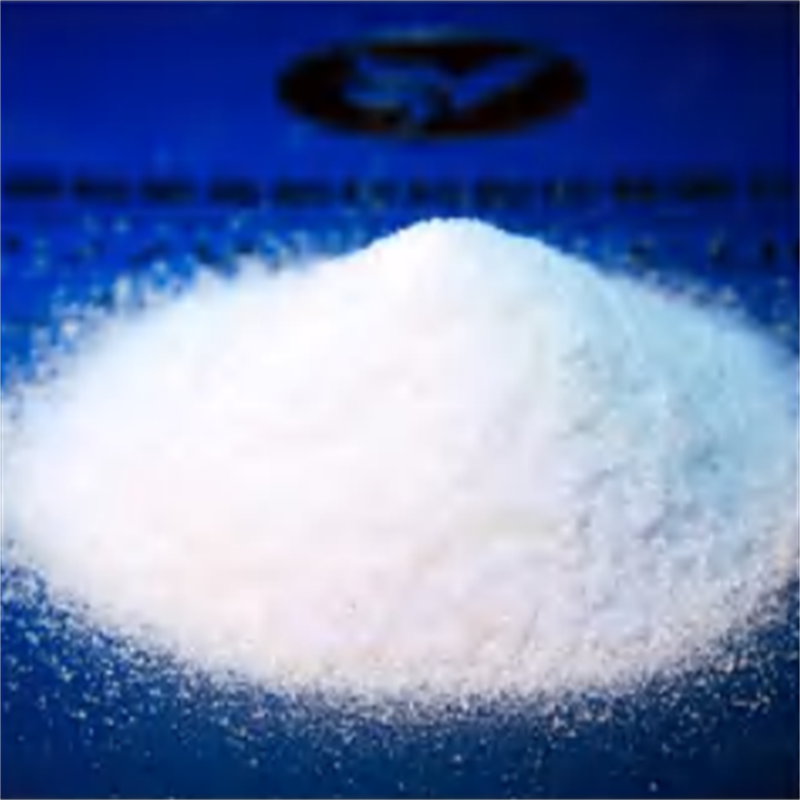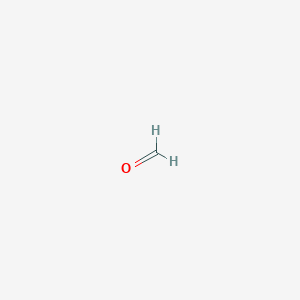-
Categories
-
Pharmaceutical Intermediates
-
Active Pharmaceutical Ingredients
-
Food Additives
- Industrial Coatings
- Agrochemicals
- Dyes and Pigments
- Surfactant
- Flavors and Fragrances
- Chemical Reagents
- Catalyst and Auxiliary
- Natural Products
- Inorganic Chemistry
-
Organic Chemistry
-
Biochemical Engineering
- Analytical Chemistry
- Cosmetic Ingredient
-
Pharmaceutical Intermediates
Promotion
ECHEMI Mall
Wholesale
Weekly Price
Exhibition
News
-
Trade Service
A recent survey by a foreign agency found that the amount of waste plastic floating in the ocean is far less than estimated, only 1/10 of the original estimate of 4 million to 12 million tons
.
The team of Ru Shaoguo, a professor of ecotoxicology at the School of Marine Life, Ocean University of China, recently published their research results on marine microplastics in the cutting-edge journal "Environmental Pollution".
The relevant results show that marine plastics are difficult to degrade in a short period of time
.
Ru Shaoguo told a reporter from Science and Technology Daily that about 6 to 12 million tons of plastic waste is discharged from land into the ocean every year.
These plastic fragments will gradually crack into microplastics with a particle size of less than 5 mm in the environment
.
Their findings also show that microplastics have a large specific surface area and are easily enriched with toxic and harmful substances, causing joint toxic effects on marine organisms
.
However, not all researchers agree with the view that ocean plastics are difficult to degrade
.
The National Engineering Research Center for Engineering Plastics of the Institute of Physics and Chemistry of the Chinese Academy of Sciences is one of the highest-level polymer materials research and industrialization bases in China
.
In search of the bottom line, Wang Gexia found the answer: "The composting process of polyester materials is an enzymatic hydrolysis reaction under the action of microorganisms; while the seawater temperature is low, the number of specific microorganisms is small, and it is difficult to have the conditions for biodegradation, so most polyester materials are The degradation cycle in seawater is very slow and even difficult to degrade
.
"Marine plastic litter will triple between 2015 and 2025,
" said Boyd, chief scientist at the UK Department of the Environment, in the Forward-Looking Ocean Future Report
.
When plastic is "eaten" into the fish maw, it is difficult to be digested like ordinary food, but becomes poison, which profoundly affects the physical development of fish
.
Since 2017, Ru Shaoguo's team has carried out related research on the pollution investigation and biological toxicity of microplastics
.
For example, in terms of biological toxicity, they found that microplastics not only damage the structural characteristics and oxidative stress defense system of the intestines, gills, gonads and other tissues of marine medaka, but also interfere with the reproduction and development of offspring of fish.
Plastics have reproductive endocrine disrupting effects
.
In addition, they found that high concentrations of microplastics would accumulate on marine medaka eggshells, interfering with the development of embryos and early larvae; their combined exposure experiments found that low concentrations of microplastics could reduce persistent organic pollutants - phenanthrene in fish by reducing The bioaccumulation of phenanthrene weakens the early developmental toxicity of the marine medaka
.
These important findings of Ru Shaoguo's team provide an important reference for evaluating the ecological risks of marine microplastics
.
And Wang Gexia and the team members successfully got out of the predicament that was difficult to degrade
.
Starting from molecular design and two-phase synthesis, they introduced non-enzymatically hydrolyzed groups into the biodegradable polyester system through polymer synthesis modification and blending modification, and realized the overall controllable degradation of the material in seawater
.







